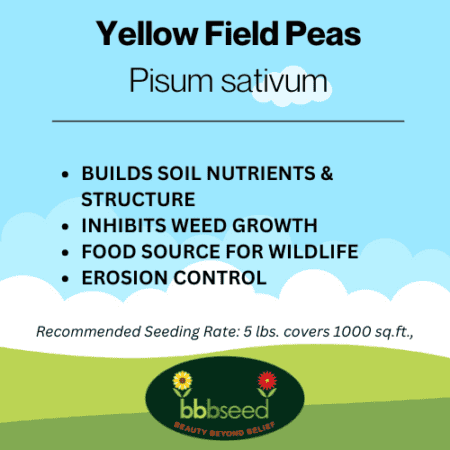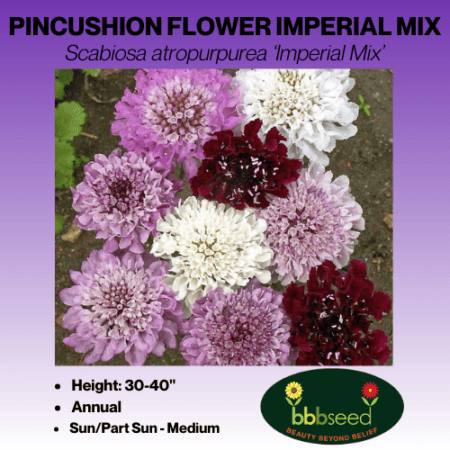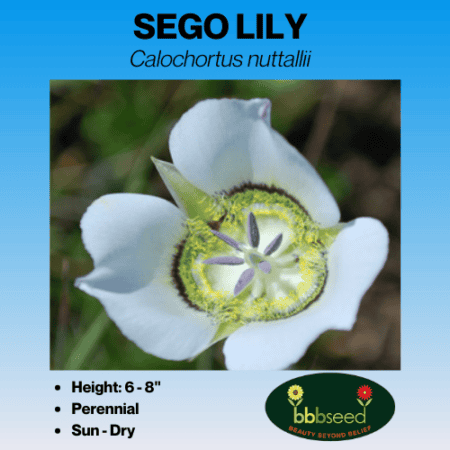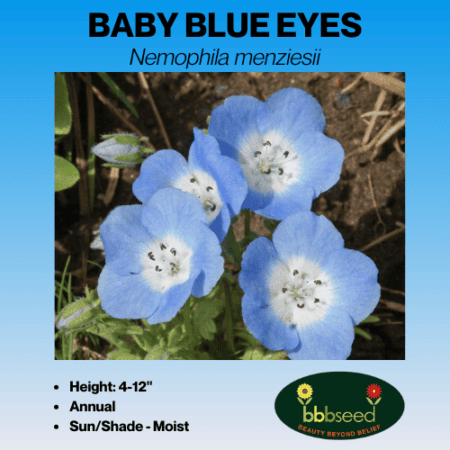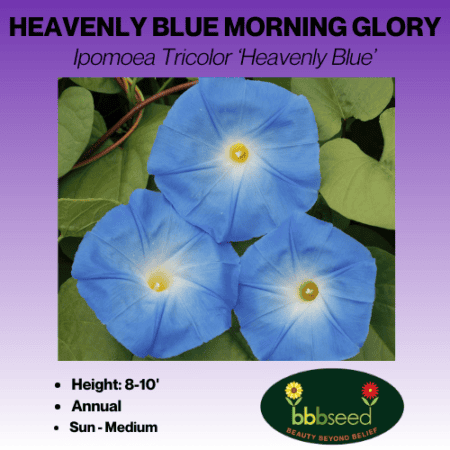Description
Yellow Field Peas (Pisum sativum)
Growing field peas, also known as forage peas or dry peas are a type of legume crop that thrives in cool-season conditions. They are grown across the globe on a vast expanse of over 25 million acres and are primarily harvested as a dried, shelled product for both human consumption and livestock feed. They can be cultivated either as a grain crop or as a component of a forage crop.
Additionally, field peas can serve as a green manure or green fallow crop, contributing to soil preservation and future crop productivity enhancement. They play a crucial role in safeguarding soil against erosion, enhancing soil quality, and reducing water loss through evaporation. Furthermore, field peas have the valuable capability of replenishing nitrogen in the soil, reducing the need for fertilizers, boosting per-acre yields, and suppressing weed growth.
Yellow field peas represent an exceptional non-GMO protein source that is gaining prominence in livestock feed formulations due to their protein content, which typically falls within the range of 21% to 25%. These peas are rich in carbohydrates and low in fiber. They are an excellent choice for livestock nutrition.
Using field peas as a cover crop offers numerous benefits for soil health and overall agricultural sustainability. Join the conversation with Citizen Scientists Soil Health Project discussing different cover-crop experiences.
Here’s more information on how to use field peas as a cover crop and the advantages it provides:
1. Soil Improvement:
- Known for their nitrogen-fixing ability. they form a symbiotic relationship with nitrogen-fixing bacteria, which can convert atmospheric nitrogen into a form that plants can use. As a result, they enrich the soil with nitrogen, reducing the need for synthetic fertilizers and improving soil fertility.
2. Erosion Control:
- Field peas have an extensive root system that helps prevent soil erosion. Their root structure binds soil particles together, reducing the risk of runoff during heavy rainfall and protecting against soil erosion.
3. Weed Suppression:
- Rapid, early-season growth means they can outcompete and suppress weed growth due to their rapid early-season growth. This reduces the need for herbicides and manual weed control, contributing to a reduction in overall weed pressure in subsequent crops.
4. Organic Matter Addition:
- When field peas are incorporated into the soil after their growth cycle, they add organic matter to the soil. This organic matter improves soil structure, moisture retention, and nutrient-holding capacity.
5. Crop Rotation and Disease Management:
- Including field peas in crop rotations can help break disease cycles. Diseases that affect other crops in the rotation may not affect them, reducing the need for chemical disease control measures.
6. Increased Beneficial Microbes:
- The presence of legumes, like these, in the soil encourages beneficial microorganisms, including mycorrhizal fungi. These microbes can enhance nutrient availability to subsequent crops.
7. Green Manure or Winter Cover Crop:
- Field peas can be grown as a winter cover crop in regions with mild winters. They provide soil cover during the winter months, preventing erosion and nutrient leaching while adding organic matter to the soil. In this case, they are usually terminated in the spring before planting the main crop.
- Alternatively, they can be grown as green manure, where they are incorporated into the soil while still green and actively growing. This can be done before planting the main crop to provide a nutrient boost and organic matter to the soil.
8. Crop Diversification:
- Including field peas in a crop rotation plan diversifies the crops grown on the land, which can reduce the risk of pest and disease outbreaks associated with monoculture farming.
9. Wildlife Habitat:
- When left to mature and produce seeds, they can provide a food source for wildlife, including birds and small mammals.
To effectively use field peas as a cover crop, consider your specific agricultural goals and climate conditions. Proper management practices include selecting appropriate pea varieties, determining planting and termination dates, and integrating them into your crop rotation plan. Consulting with local agricultural experts or extension services can provide valuable guidance tailored to your region and farming system.
Seeding Rate:
5 lb./1,000 sq.ft. (200 lb./acre) alone. Use pea, vetch, or lentil inoculant.
3 lb./1,000 sq.ft. (120 lb./acre) mixed with vetch and/or oats, winter rye, or ryegrass.
Planting Depth: 1 – 2 inches, 6-10 inches apart
Harvest for grain at 16–18% moisture or when the seeds are hardened and fully mature.
Seeds per lb: Avg. 2,100 seeds/lb.
Timing: Plant in spring or fall. Planting time may vary depending on your local climate. In northern zones, it will winter kill when planted in the fall.
Height: 36-48 inches
Type: Annual
Zone: 3-10
Sun: Full Sun

